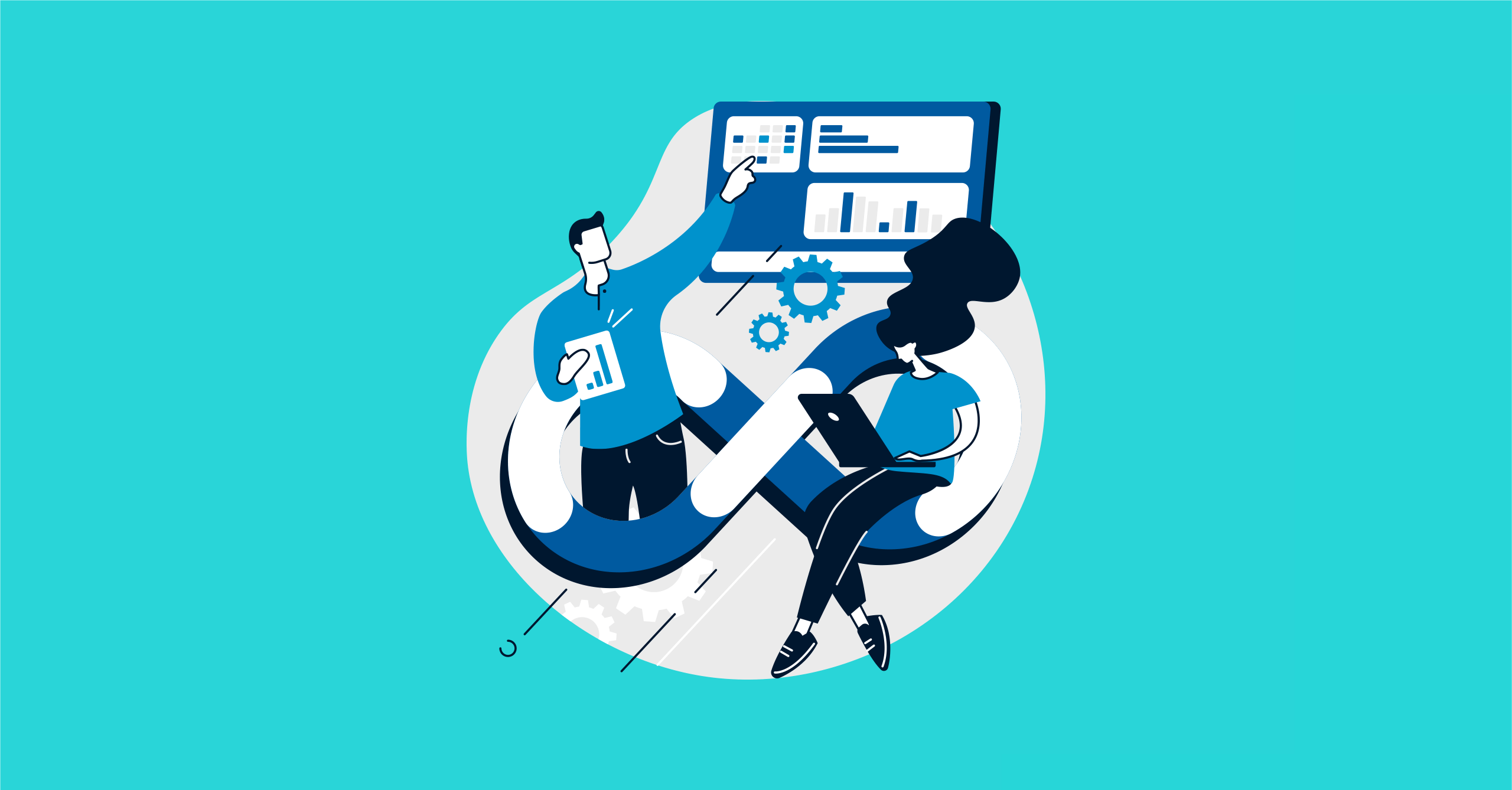
In today’s rapidly changing digital world, service management approaches such as XLA (Experience Level Agreement) and SLA (Service Level Agreement) play a more critical role in IT service continuity than ever before. Just because a service is technically “working” does not mean that users are satisfied with that service. This is where two different service evaluation approaches such as XLA and SLA come to the fore. While traditional SLAs focus on technical performance metrics (e.g. response time, system availability, etc.), XLAs focus on user experience and satisfaction.
Many organizations are finding that despite meeting SLA targets, end-user complaints are not decreasing. Tickets are closed on time, but employees are still not satisfied with the service IT is providing. This shows that we need to measure not only how fast we resolve tickets, but also what kind of experience we deliver.
In this article, we will discuss the key differences between XLA and SLA, and explain which approach might be more appropriate for your business.
XLA? SLA?: Which Approach, When to Adopt?
XLA and SLA approaches are adopted in various ways by organizations of different sizes. Today, however, most organizations are turning to XLAs to improve customer experience and gain competitive advantage. However, this transition process varies depending on the scale, resources and strategic objectives of the organization.
| Business Scale | Preferred Approach | Reason for Preference | Implementation Strategy |
|---|---|---|---|
| Large-Scale | XLA-focused (alongside SLA) | Advanced digital infrastructure, high user expectations, and pursuit of competitive advantage | Collecting experience data, ITIL 4-compliant XLAs, KPIs based on user satisfaction |
| Mid-Scale | Hybrid (SLA + XLA) | Aiming for both operational efficiency and improved user experience | Integrating XLAs into specific processes while maintaining SLAs, experience-focused pilot projects |
| Small-Scale | SLA-heavy, preparing for XLA | Limited resources, priority on basic service quality | Optimizing SLAs, collecting experience data via user feedback, preparing infrastructure for XLA |
XLA vs SLA: Process or Experience?
Service Level Agreements (SLAs) have long been used to measure the technical performance of IT services. Metrics such as response time and system availability are used to evaluate the performance of service providers. However, these metrics may not always reflect the actual experience of end users.
This can lead to a phenomenon known as the “watermelon effect”: While SLA metrics are green, meaning targets appear to be met, end users may not be satisfied with the service. This indicates that IT services may be technically successful but inadequate in terms of user experience.
Experience Level Agreements (XLAs) aim to fill this gap. XLAs measure the experience and satisfaction of end users rather than the technical performance of the service. This approach aims to ensure that services are successful not only technically but also in terms of user experience.
XLAs should be tailored to the specific needs and objectives of each organization. In this way, IT services create value not only technically but also in terms of user experience.
As a result, SLAs measure technical performance, while XLAs evaluate the user experience. Using both approaches together ensures that IT services are both technically successful and user-centered.
SLA or XLA: Whatever Approach You Adopt, Gain Competitive Advantage with the Right Partner!
Sustainable success in IT service management is possible not only by focusing on performance metrics, but also by adopting approaches that center on user experience. At this point, the correct and efficient use of XLA and SLA approaches accelerates the digital transformation journey of organizations. Whether you are using ITSM in-house or for the service you provide to your customers, starting with the right business partner is critical in both cases.
SPIDYA IT Service Management brings together your software development teams, IT department and business units with technical needs in the same ecosystem by combining the critical processes of basic IT service management such as XLA and SLA tracking, Incident, Request and Problem Management in a centralized structure in compliance with ITIL standards. Thus, it simplifies complex IT processes, improves user experience and provides agility in your service management.
Bring your software development, IT and business units together on a single smart platform with Cheetah’s powerful and ready-to-use solutions such as ITSM, ITAM, Project Management and many more. Simplify your complex business processes and accelerate digitalization!


